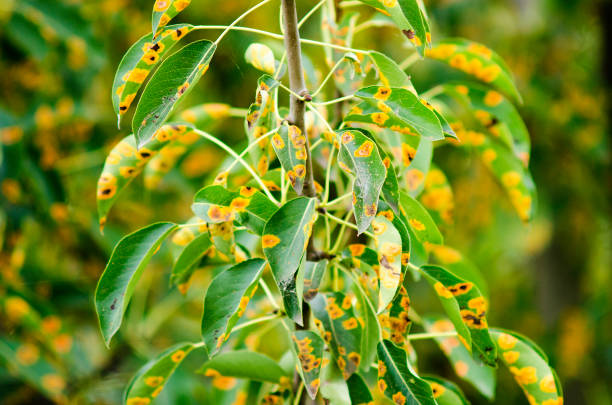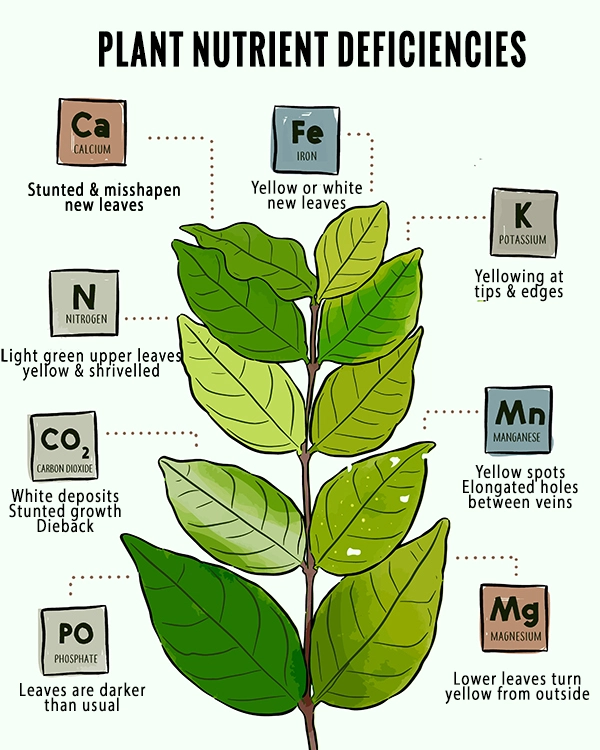Tree Disease & Insect Management
- ZFLEXIBLE BOOKING
- ZFREE ESTIMATE WITHIN 24 HOURS
- ZSATISFACTION GUARANTEE
What’s Bugging Your Trees?
Insects, pests, and diseases can jeopardize the health and safety of your trees and landscape, as well as cause nasty problems. But if you don’t know exactly what’s causing the trouble, how can you solve it?
- leaves wilting and falling off even though the tree or shrub is getting an adequate amount of water?
- black, brown, orange, or yellow marks on leaves?
- foliage quickly dies and appears like it's been torched?
- chewed and tattered edges on leaves?
- the top of your pine tree suddenly dies?
- little white, fuzzy dots on your hemlock?

Introducing Our Plant Health Care (PHC) program
Why is monitoring such an important part of PHC?
Why is monitoring such an important part of PHC?
What’s involved in monitoring as part of an PHC program?
Are your trees pruned correctly? Pruning for light and air to enter your tree’s crown, and to get rid of crossing, damaged, infected or overloaded branches, means your tree is already prepared to withstand wind storms, bacteria and fungi, and insects.

Do you have any particularly susceptible tree species? If so, we plan ahead to monitor them for specific pests, according to the species’ growth habit.
Are there likely to be over-wintering insects? Fall cleanup and non-toxic horticultural sprays on dormant trees may stop a spring population explosion before it starts.
Expecting hot weather? We usually do get hot weather in summer. Having well-mulched soil and the right irrigation ready in early spring can prevent later water stress in trees, making them more resistant to insects.
By asking questions like these and addressing them early, we can use our organized plant health care plan to maintain your trees and prevent serious damage from developing in the first place.
That’s why every plan is carefully tailored to your garden – no two properties are the same, so no two PHC plans are identical.
Our Plant Health Care professionals have experience with a wide range of tree and shrub species, fertilization methods, insect and disease identification, soil health, irrigation, and tree pruning, and all of that knowledge is part of our PHC plan.
How does PHC work?
SELECTING ONLY PEST AND DISEASE-RESISTANT VARIETIES OF TREES, AND SPECIES THAT DO WELL IN OUR NORTHERN NEVADA CLIMATE.
REGULAR INSPECTIONS OF YOUR TREES TO CHECK FOR INSECT PESTS AND GENERAL HEALTH.
USING NON-TOXIC, PREVENTIVE PEST CONTROL MEASURES BEFORE INSECTS BECOME A PROBLEM
USING ORGANIC PESTICIDES AS A FINAL, INSTEAD OF FIRST, SOLUTION
When should I begin an PHC program?
An important thing to remember is that we can’t always schedule a last-minute or emergency visit, so reducing the likelihood of emergencies through comprehensive plant care means we can all reduce our stress levels!
Fertilization & Soil Improvement
Most trees in urban and suburban environments benefit from judicious use of organic fertilizers applied correctly and at the right time.
Why Fertilize Your Trees?
Here are some common signs that your trees or shrubs need to be fertilized:
- smaller and fewer leaves than usual.
- slow or minimal growth.
- yellowing or pale leaves.
- leaves dropping or coloring earlier than normal.
- dying twigs and branches.
What is Fertilizer?
Instead, fertilizer supplies the minerals or nutrients plants need for photosynthesis. When minerals are lacking or absent in the soil, fertilizer can be added to improve the plant’s growing conditions and provide the ingredients needed for continued growth.

Why?
In the end, it’s all about the soil – your trees are only as healthy as the soil they’re growing in.
Did You Know that Organic Fertilizer is Best?

The Most Effective Way to Fertilize Trees:
This special technique, called deep root fertilization, can only be performed by trained professionals.
When to Fertilize Trees:
Spring and fall are the best times to fertilize your trees and landscape. This ensures plants have enough nutrients available to them throughout the growing season and helps as they head into winter dormancy.
We can’t fertilize trees when the ground is frozen so the last call for fall fertilization is October 31, and we generally start spring fertilization in March or April (book early!).
Okay! That’s Great for Trees, but What About Other Plants & Shrubs?
Again, fertilizer is any material (of natural or synthetic origin) that is applied to soil or to plant tissues to supply plant nutrients. Fertilizers come in many different forms, including pellets, granules, powders, liquids (and liquid concentrates), and more.
Just like there are many kinds of fertilizer, there are nearly as many application methods. Like we do with trees; for shrubs and landscape plants, we use a high-pressure deep root injection method to deliver essential nutrient-rich fertilizer to your plants and shrubs, because we know that’s the most effective and beneficial delivery system we have encountered.
We are based in Reno, NV and the surrounding areas
- Reno
- Sparks
- Carson City
- Fernley
- Incline Village
- Gardnerville
- Fallon
- Minden
- Yerington
- Silver Springs
- Smith Valley
- Washoe
- Storey
- Churchill
- Lyon
- McCarran
- USA Parkway
- Wadsworth
- Schurz
- Glenbrook


